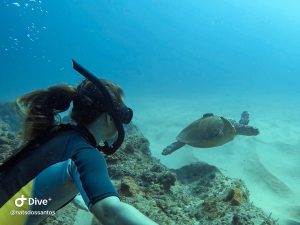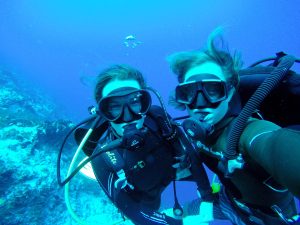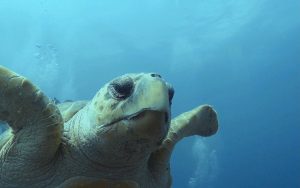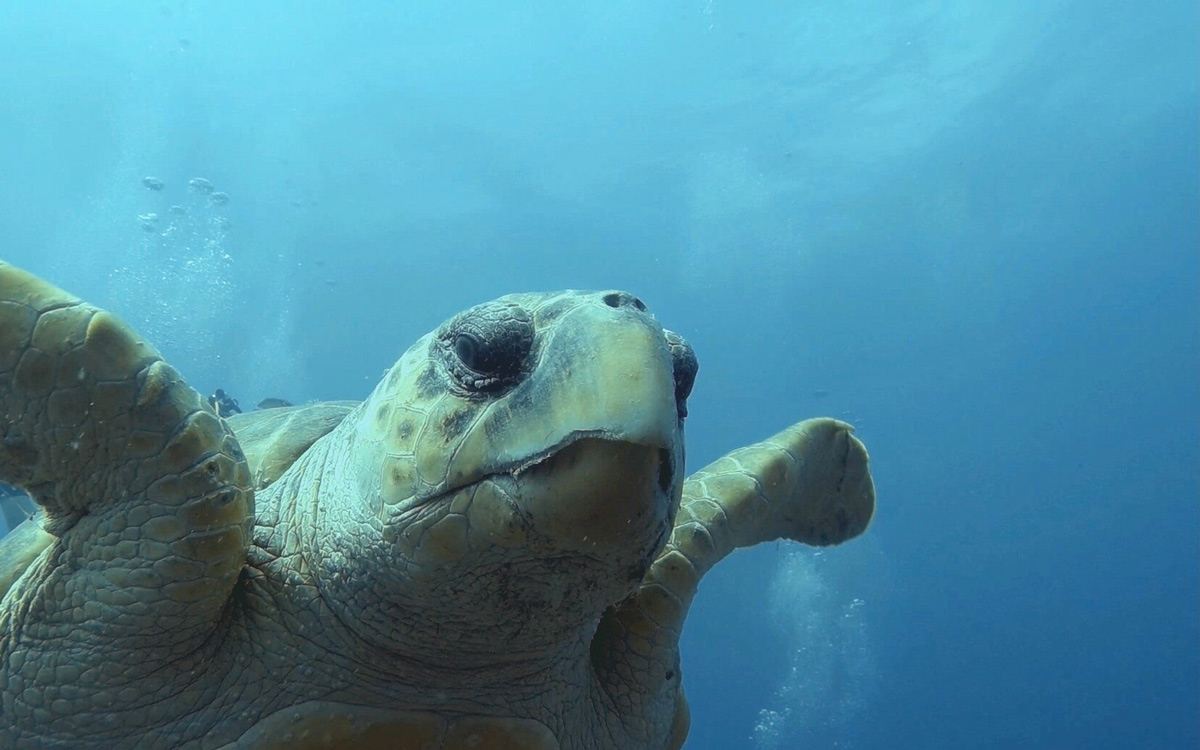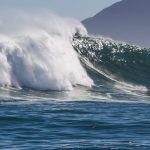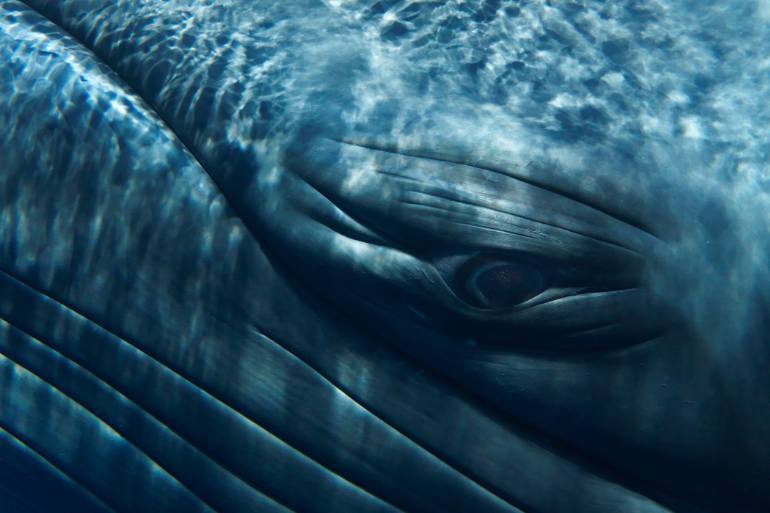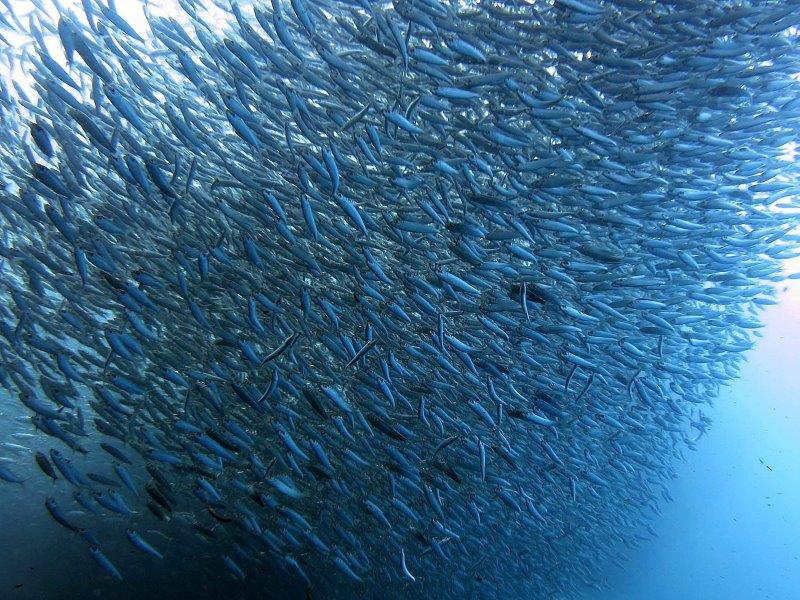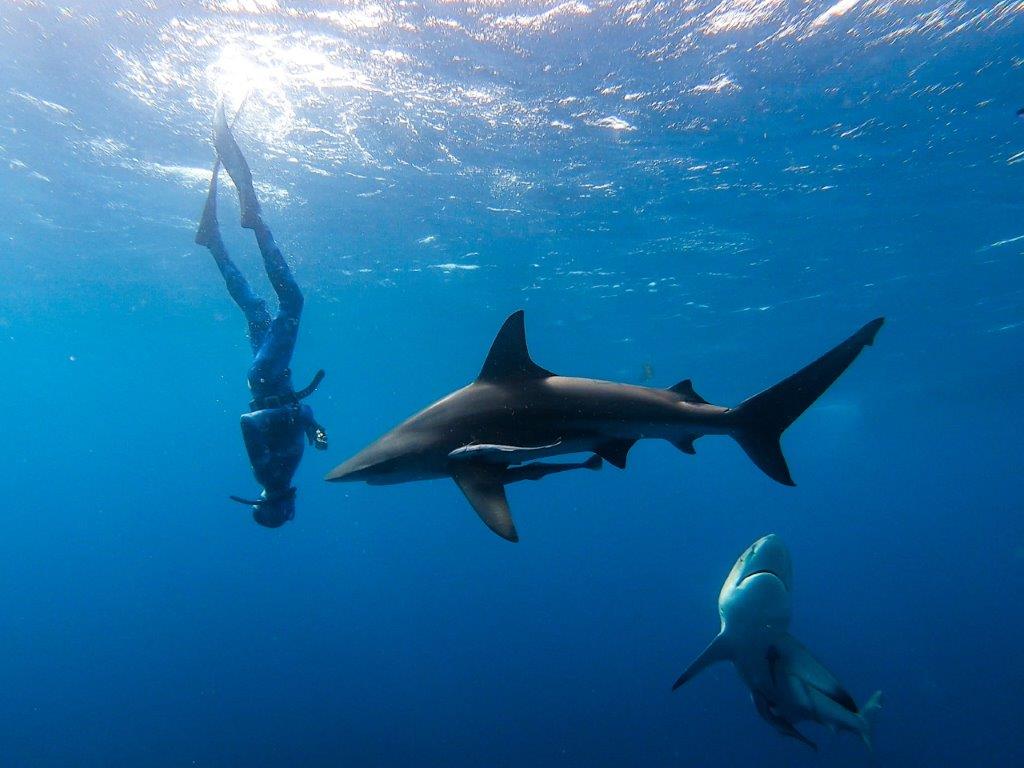Ocean lovers Emma Tomkins and Michael Dowker dive into the fascinating world of turtle research.
Getting up close and personal with sea turtles tops the list of growing numbers of divers. Among them are Natalie dos Santos, a marine biologist doing her Masters research on these gentle, jellyfish and algae loving creatures.
23-year-old Dos Santos has lived in KwaZulu-Natal her whole life, on the Bluff in south Durban. These days she spends much of her time in amazing locations diving amid turtles, conducting illuminating research into their habits and habitats.
Dos Santos: “I am studying through Nelson Mandela University in Port Elizabeth (now Gqeberha) but based here in KZN to be near Aliwal Shoal, which is rated as one of the top 10 dive spots in the world. Other than turtles, I love the ocean in general and pretty much everything I do revolves around it. And I have a salty sea dog, Dexter, that does pretty much everything with me, including research surveys at Aliwal Shoal and turtle nest excavations. I am also fascinated by humpback whales and great white sharks and have been fortunate to have amazing encounters with both species.
Seeing sea turtles tops the list for many divers. At Aliwal Shoal, on KwaZulu-Natal’s South Coast we are lucky to encounter three different species; loggerhead, green and hawksbill sea turtles. These prehistoric animals are gentle, jellyfish (and algae) loving cuties. If approached correctly, a close interaction with a sea turtle is incredibly special.
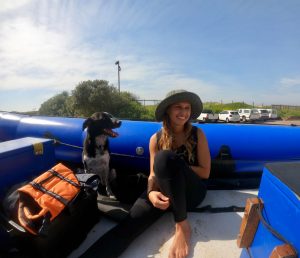
A GIRL’S BEST FRIEND: Natalie dos Santos and her pup, Dexter, after a morning at sea. Picture: Libby Meyer
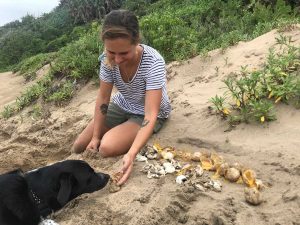
What interests you most about sea turtles and what made you get into marine science?
Sea turtles are phenomenal and tough animals. It must be challenging to start your life with no parental care whatsoever, avoid predation by ants, crabs, birds and honey badgers within a few minutes of hatching, make it into the ocean and spend the next decade avoiding predation by even more animals and trying to find enough food in the big blue to grow, then spend another 20 or so years travelling the world’s oceans dodging plastic pollution, poachers and fishing vessels to come back to the exact same beach you were born on. I’d love to know what each turtle we see has been through because it must be one hell of a story!
Wonders like these are what made me get into marine science. I have always wanted to learn more about marine life and how I can conserve it.
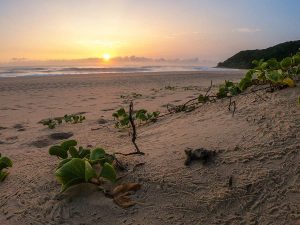
How is climate change affecting turtles and their eggs?
Climate change has major implications for sea turtles. Like most reptiles, the temperature that eggs are incubated in determines their sex at birth. For sea turtles specifically, warmer incubation temperatures produce more female hatchlings and vice versa. With an increase in environmental temperature due to climate change, incubation temperatures at nesting beaches close to the equator (such as those around northern Australia) are reaching critical levels where only females are hatching.
I delved into a bit of this research on our own nesting beaches last year with regards to loggerheads. I found that even though there has been an environmental temperature increase of over 1°C at South African nesting beaches in the past 40 years, the incubation temperatures are likely producing equal sex ratios, similar to those found 40 years ago. We have the southernmost rookeries in the world, meaning they are much cooler than rookeries around the equator and climate change is not really affecting them yet.
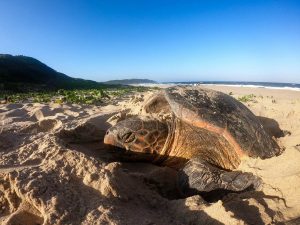
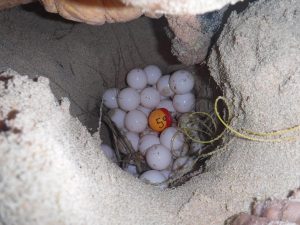
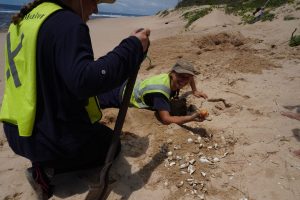
Since some sea turtles feed on jellyfish, are plastic bags and other plastics eaten by mistake? Have you seen this first-hand?
Yes, plastic is a huge threat to sea turtles. To make matters worse, leatherback turtles that feed solely on jellyfish have crazy sharp backward-facing barbs in their throats (like something out of an alien horror movie) to ensure they swallow every single bit of a nice, big jellyfish. Once they start ingesting a big piece of plastic, there’s no backing out. New research has also shown that plastic develops a layer of algae and microorganisms resembling the smell of a natural food source, so sea turtles may eat it whether it looks like a jellyfish or not.
I haven’t seen them eating plastic first-hand, but I’ve seen the gut contents of hatchlings containing loads of small plastic pieces. A more visible threat is plastic entanglement that often kills sea turtles by suffocating them or preventing them from foraging or breathing at the surface.
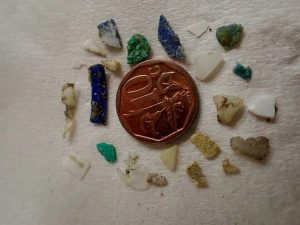
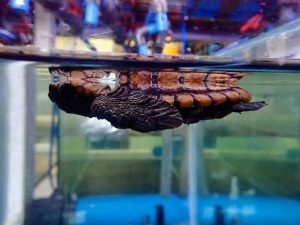
What species is most commonly seen on Aliwal Shoal, and is there a reason for this?
Those are two great questions I am hoping to answer in my research. From what I’ve noticed in only a few months of data collection and from diving Aliwal Shoal since 2016, hawksbill turtles seem to be seen most, which is crazy because they are Critically Endangered on the IUCN Red List of Threatened Species!
A guess at a reason why could be that it’s due to the abundance of sponges and algae on Aliwal Shoal (the food hawksbills most commonly eat, from what I’ve seen). What is so exciting about this research (and slightly scary at the same time) is how little we actually know about the in-water component of sea turtle’s lives in South Africa.
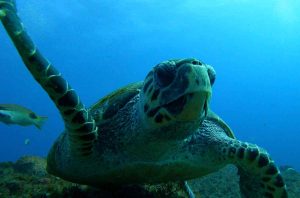
Is most of your research coming from Aliwal Shoal or do you collect data from across South Africa?
I am personally collecting data mostly from the Aliwal Shoal Marine Protected Area (MPA). An NGO in Sodwana Bay, called Sharklife Conservation Group, is kindly collecting data for me within the iSimangaliso MPA. This collaboration allows us to collect data from both MPAs simultaneously, getting useful data for each species across seasons.
I will also explore a few other areas in KZN if I get the chance but time and funding limits this. This is where Citizen Scientists can make a massive contribution… but more about this in a moment!
We see lots of larger/mature turtles on Aliwal Shoal, why is this?
Another interesting question I hope my research will answer. It could be due to the fact that Aliwal Shoal is offshore. We see a lot more juvenile turtles inshore, especially up in the iSimangaliso MPA. Perhaps there are different food sources for different age classes. We simply just don’t know yet.
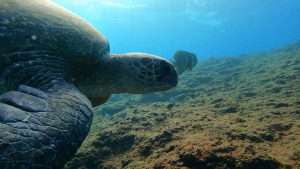
We have never seen a leatherback turtle, it must be super special… have you?
The first nesting turtle I ever saw was a leatherback. Myself and my partner, Spikes, as well as one of our best friends, Andy, stopped in Mabibi on our way to Mozambique in 2019. Andy has worked with nesting leatherbacks for decades, but I didn’t know anything about them. We came across what I was sure were car tracks going from the shore up the beach, but at the end of the tracks was the biggest turtle I had ever seen digging a nest. It was a really special moment and we watched the whole process while listening to Andy’s David Attenborough-like narration gained from years of experience.
When we got to Zavora, Mozambique later that trip, Andy, Spikes and I were in a boat in the big blue when someone shouted, “Oi, it’s a leatherback!!” Andy, having obviously worked with hundreds of nesting leatherbacks but having never seen one in the ocean got his gear ready and jumped in before I could blink. Then five other people jumped in and started swimming after it. I thought there was absolutely no way this animal would stick around, so I stayed on the boat.
Andy had the best encounter of his life which he calls “dancing leatherback” as this animal stayed on the surface for about 2 minutes, flipping upside down again and again until it swam off majestically into the deep. Spikes also got in and stuck right behind Andy the whole time to not ruin his special moment. My joy for Andy’s encounter always overpowers my regret for not jumping in that day, but I have taken it as a big lesson learnt to never do that again! In Andy’s famous words, “walala wasala!” (you snooze you lose!).
Later that year I was lucky enough to work with quite a few nesting leatherback turtles doing general monitoring alongside the Ezemvelo KZN Wildlife Turtle Monitoring Programme. I get the same feeling of awe as I did the first time I saw one.
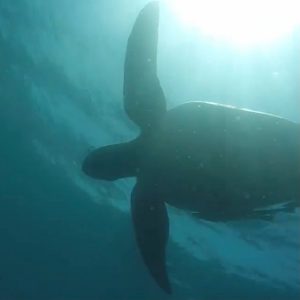
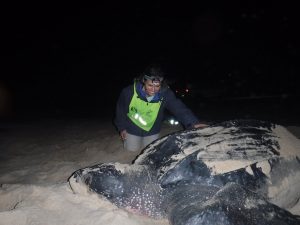
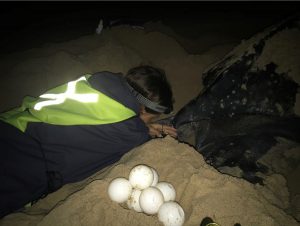
How can people contribute to what you do?
The best way ocean-users can contribute to my research, as well as a wider programme that we are busy developing, the ‘South African Sea Turtle Citizen Science Initiative’, is by sharing photos and information about turtle encounters across the entire country with us. Not only will Citizen Scientists help us gather information in places that we can’t dive often enough, they will help with long-term monitoring of sea turtle populations in the ocean.
We are busy designing a website with information and a place to upload contributions. It will also allow Citizen Scientists to name and track the turtles they’ve sighted in terms of where and when they have been re-sighted. They will also be able to track how many contributions they’ve made.
It is exciting stuff. We can’t wait to share it and teach people how important the ecological roles of sea turtles are to develop a greater appreciation for these wonderful animals.
To contribute to the South African Sea Turtle Citizen Science Initiative, email Emma and Mike or Natalie.
The public can also support the project by donating funds that will be used to get out to sea and to buy important equipment. Donate on backabuddy, here.
This interview with Natalie dos Santos, also published by Good Things Guy, forms part of a biodiversity writing project supported by Youth4MPAs and the Earth Journalism Network.
